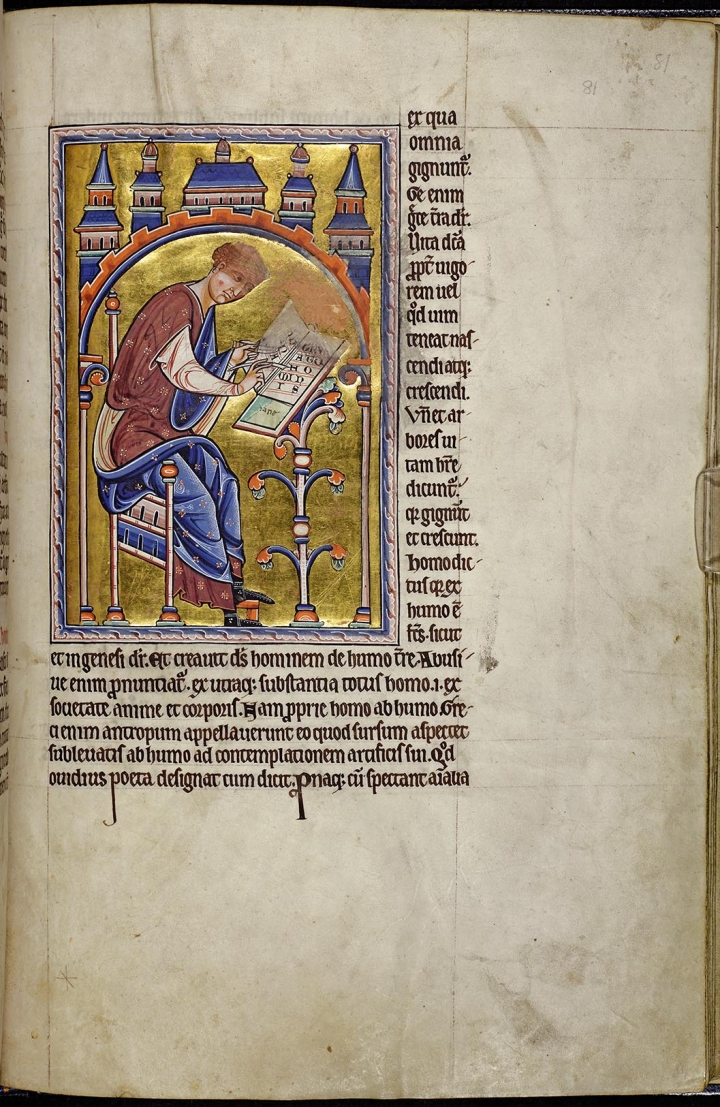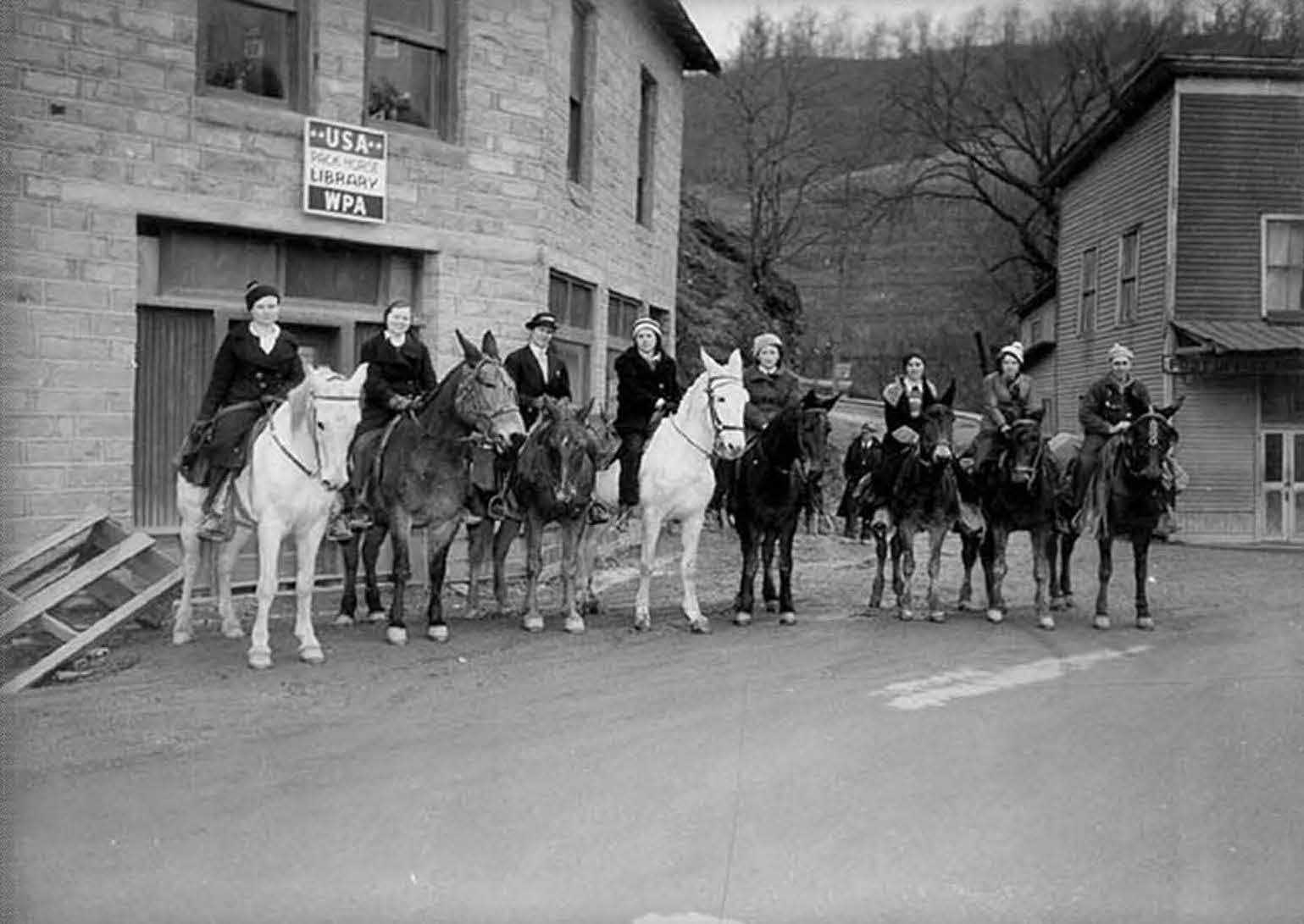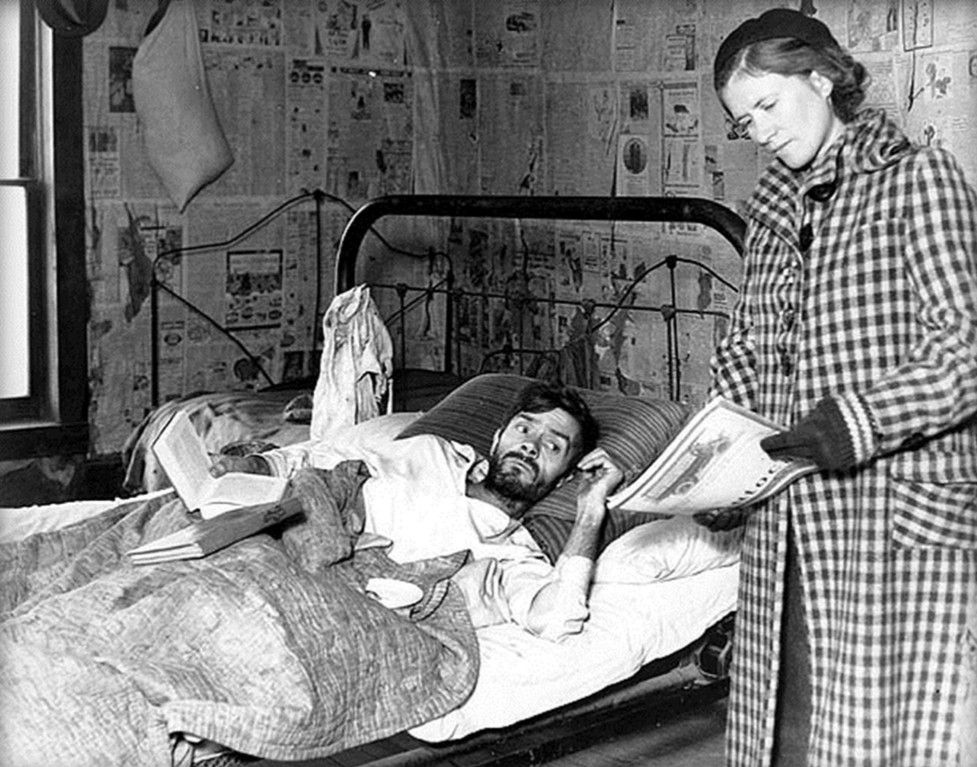Even if you’ve spent each and every day since you first saw Ridley Scott’s Blade Runner waiting for a sequel, you still might not be fully prepared for Denis Villeneuve’s Blade Runner 2049 when it opens in theaters this Friday. The 1981 original took place in the Los Angeles of the then-far-flung future of 2019, meaning that 30 years have elapsed in the Blade Runner universe between its first feature film and its second. Much has taken place over those three decades, some of it portrayed by the three official short prequels released to the internet over the past month. Today we present them all in chronological order to catch you up with what happened after Harrison Ford’s Blade Runner Rick Deckard picked up that origami unicorn and left the building.
In 2020, the year after Blade Runner, the artificial-being-making Tyrell Corporation introduces a new model of replicant, with a longer lifespan, called the Nexus 8S. Two years later comes “the Blackout,” an electromagnetic pulse attack that destroys all technology within its reach. You can see it happen in Blade Runner Black Out 2022, the short at the top of the post directed by respected Japanese animator Shinichiro Watanabe (and featuring a score by Flying Lotus as well as a reprisal of the role of the quasi-Esperanto-speaking police officer Gaff by Edward James Olmos).
Replicants having taken the blame for the Blackout, their production gets legally prohibited until the efforts of an organization called the Wallace Corporation get the ban overturned in 2030. The man at the top of the Wallace Corporation, a certain Niander Wallace, first appears in 2036: Nexus Dawn (middle video), directed by Ridley Scott’s son Luke.
In that prequel we see Wallace, who rose to prominence on his company’s solution to global food shortages, submitting for approval his latest replicant, the Nexus 9 (although his negotiation strategy leaves little room for compromise). The younger Scott’s 2048: Nowhere to Run (below), which introduces a new and imposing replicant character by the name of Sapper Morton, takes place just a year before the sequel, by which time, according to the timeline unveiled at this past summer’s Comic-Con, “life on Earth has reached its limit and society divides between replicant and human.” Enter Ryan Gosling’s K, one of a new generation of replicant- hunters, who goes out in search of a predecessor who went missing some 30 years ago. All of this, of course, still leaves questions unanswered. Chiefly: will Blade Runner 2049 deliver what we’ve been waiting even more than three deacades for?
Related Content:
Jared Leto Stars in a New Prequel to Blade Runner 2049: Watch It Free Online
The Official Trailer for Ridley Scott’s Long-Awaited Blade Runner Sequel Is Finally Out
Based in Seoul, Colin Marshall writes and broadcasts on cities and culture. His projects include the book The Stateless City: a Walk through 21st-Century Los Angeles and the video series The City in Cinema. Follow him on Twitter at @colinmarshall or on Facebook.











